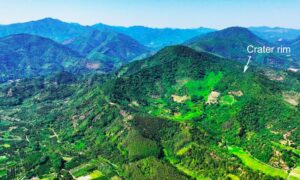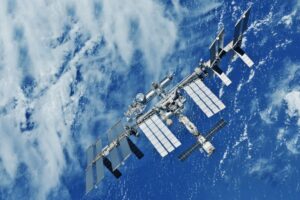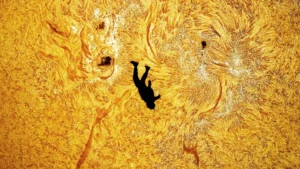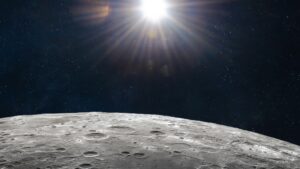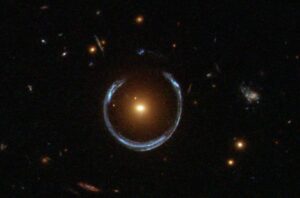Once thought of as just another icy satellite, Enceladus — one of Saturn’s 274 moons — is now considered one of the few places in the solar system that might be able to support life. New evidence from NASA’s Cassini spacecraft has shown that Enceladus holds even more organic compounds than we previously thought. The complex molecules suggest this frozen moon could be habitable, maybe not by humans but by some form of life.
The researchers point out that this doesn’t mean the moon has life, just that it is theoretically possible. Organic molecules are the carbon-based compounds that all living things require. Finding them here shows it has at least some of the raw ingredients to sustain life.
Geyser dust
The Cassini spacecraft spent 13 years orbiting Saturn before its dramatic end in 2017. Mission controllers deliberately plunged it into the planet’s atmosphere, with its onboard Cosmic Dust Analyzer. The device analyzed minuscule grains ejected from Enceladus’s geysers — the jets of ice and vapor that spew from cracks near the moon’s south pole.
Some of these grains were older particles that had drifted into Saturn’s outermost rings. Other, younger grains were blasted out at far higher speeds. They collided with the piece of equipment at speeds of over 64,000kph. The high-speed collisions allowed scientists to look more closely at the grains’ chemical makeup.
Alongside molecules already identified from older samples, there were new, more complex organic compounds not previously seen — esters, alkenes, and ether compounds. Both esters and ethers are needed to form lipids, which are essential to life.
“We are confident that these molecules originate from the subsurface ocean of Enceladus, enhancing its habitability potential,” lead author Nozair Khawaja told the CBC.
Beneath its icy crust, Enceladus has a vast saltwater ocean. After using data from Cassini to prove that the ocean exists, researchers have been scouring it to try to identify the various elements and compounds needed for life.
“Having a variety of organic compounds on an extraterrestrial water world is simply phenomenal,” study coauthor Fabian Klenner told the Associated Press.


